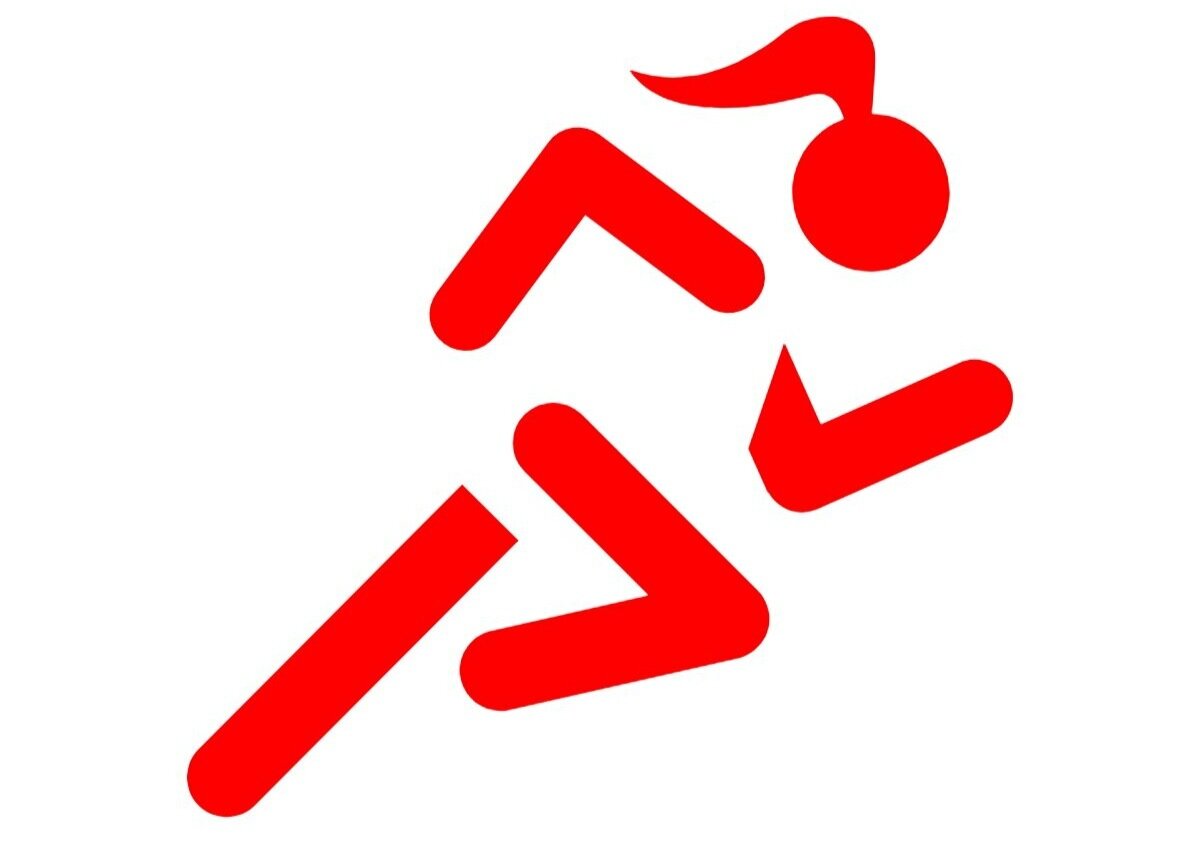Hills - your secret strength training
“We’re going to take in some great views, this evening.” Whenever my running group hears this, they now know that the route will probably take in some hills. This isn’t always received with a racing enthusiasm, but there is a reluctant agreement that they do help to improve running. If you skip hill training, you do notice it on even the slightest of inclines.
Why are hills so good? The athlete has to work harder than running on the flat – needing more effort to take into account the vertical as well as the horizontal movement. As well as the increased effort, slightly different muscles are used making it a great addition to your exercise plan. If you also vary the terrain – road, grass, trail – you will add in some more variation and help increase proprioception and balance.
Including hills in your training will help to increase overall leg strength which can increase speed
What does hill training look like? It can be a mixture of ensuring that you include some hilly routes in your running, to specific hill reps sessions where you run up a hill, turn and go downhill as your recovery and repeat. These can be short of long and the choice will depend on your training aims.
There are two methods for addressing hill sessions – one is to focus on a particular pace and the other is to use effort as a gauge for how much work you are doing. You will never be able to run as fast up hill as you will on the flat so be careful not to over-estimate the pace to run up the hill. My personal preference is to use effort and aim to maintain a similar effort to running on the flat.
And then of course, there’s always the downhill – a great way of training the eccentric movement of muscles and the ability to use gravity to do some of the work for you. Be mindful of how and where your foot lands to avoid injury.
For advice on how to incorporate hills into your training plan and uphill or downhill running technique, get in touch.
